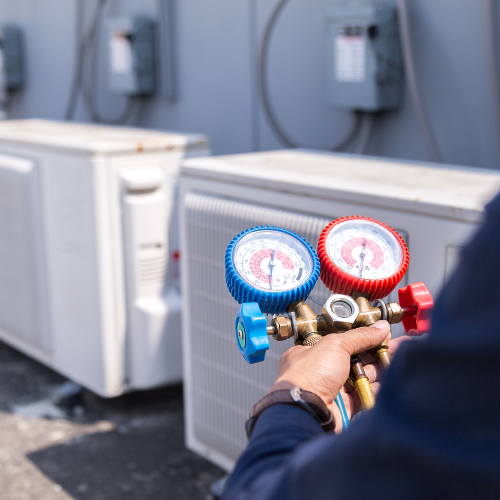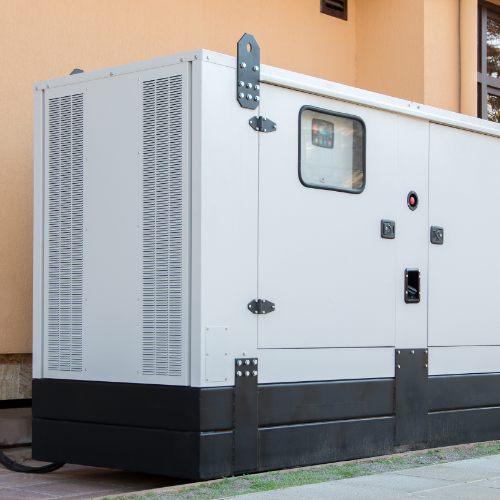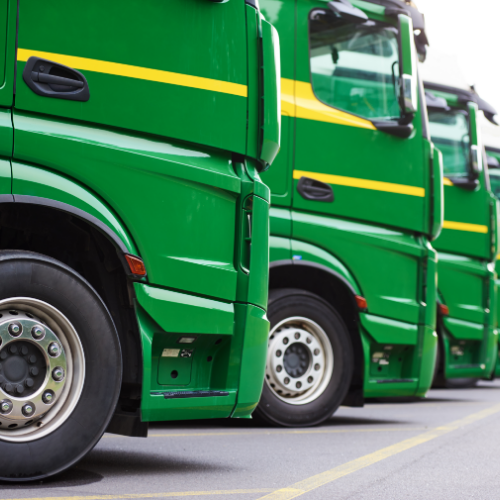SCOPE 1 EMISSIONS
Read More
Scope 1 emissions are divided into four areas:
Stationary Combustion Sources include boilers, gas furnaces and diesel power plants. The most common fuels are natural gas (LNG), liquified petroleum gas (LPG), gas oil, diesel and kerosene. All fuels including coal that produce greenhouse gas emissions are included in the Scope 1 calculations. The CO2 emitted Biogas usually accounted for in Scope 1 although some companies do account for it in Scope 1 as they use it for power or heat generation.Mobile Combustion
All vehicles owned or leased by an organisation that burn fuels producing greenhouse gases fall into Scope 1. Typically, these will be cars, vans, trucks and motorcycles powered by petrol, liquefied natural gas (LNG), biodiesel, bioethanol and diesel engines used for transportation. Full electric vehicles (EVs) and plug-in hybrids (PHEVs) mean that some of an organisation’s vehicle calculations will fall into Scope 2. Vehicles fully owned or leased (ownership passing to the company) are accounted for is Scope 1. Vehicles that are used under a hire agreement or operating lease are accounted for in Scope 3.Fugitive Emissions
Fugitive emissions are leaks of greenhouse gases from refrigeration and air-conditioning units. There are over fifty types of refrigerant gases that are extremely potent greenhouse gases, some of which are thousands of times more damaging than carbon dioxide (CO2).Process Emissions
These are GHG emissions release into the atmosphere during an industrial manufacturing process. Examples are the manufacturing of cement, steel, tires and chemicals like ammonia.Read Less




SCOPE 1 EMISSIONS




Scope 1 includes greenhouse gas emissions from sources that are owned or controlled by an organisation and released from an organisations site or from their vehicles. Typically, these are emissions generated by boilers, electricity generators and owned or leased vehicles including cars, motorcycles, vans & lorries.
Scope 1 emissions are specified under the NGER legislation and must be reported.
Read More
Scope 1 emissions are divided into four areas:
Stationary Combustion
Sources include boilers, gas furnaces and diesel power plants. The most common fuels are natural gas (LNG), liquified petroleum gas (LPG), gas oil, diesel and kerosene. All fuels including coal that produce greenhouse gas emissions are included in the Scope 1 calculations. The CO2 emitted Biogas usually accounted for in Scope 1 although some companies do account for it in Scope 1 as they use it for power or heat generation.
Mobile Combustion
All vehicles owned or leased by an organisation that burn fuels producing greenhouse gases fall into Scope 1. Typically, these will be cars, vans, trucks and motorcycles powered by petrol, liquefied natural gas (LNG), biodiesel, bioethanol and diesel engines used for transportation.
Full electric vehicles (EVs) and plug-in hybrids (PHEVs) mean that some of an organisation’s vehicle calculations will fall into Scope 2. Vehicles fully owned or leased (ownership passing to the company) are accounted for is Scope 1. Vehicles that are used under a hire agreement or operating lease are accounted for in Scope 3.
Fugitive Emissions
Fugitive emissions are leaks of greenhouse gases from refrigeration and air-conditioning units. There are over fifty types of refrigerant gases that are extremely potent greenhouse gases, some of which are thousands of times more damaging than carbon dioxide (CO2).
Process Emissions
These are GHG emissions release into the atmosphere during an industrial manufacturing process. Examples are the manufacturing of cement, steel, tires and chemicals like ammonia.
Read Less
SCOPE 1 EMISSIONS
Scope 1 includes greenhouse gas emissions from sources that are owned or controlled by an organisation and released from an organisations site or from their vehicles. Typically, these are emissions generated by boilers, electricity generators and owned or leased vehicles including cars, motorcycles, vans & lorries.
Scope 1 emissions are specified under the NGER legislation and must be reported.
Read More
Scope 1 emissions are divided into four areas:
Stationary Combustion
Sources include boilers, gas furnaces and diesel power plants. The most common fuels are natural gas (LNG), liquified petroleum gas (LPG), gas oil, diesel and kerosene. All fuels including coal that produce greenhouse gas emissions are included in the Scope 1 calculations. The CO2 emitted Biogas usually accounted for in Scope 1 although some companies do account for it in Scope 1 as they use it for power or heat generation.
Mobile Combustion
All vehicles owned or leased by an organisation that burn fuels producing greenhouse gases fall into Scope 1. Typically, these will be cars, vans, trucks and motorcycles powered by petrol, liquefied natural gas (LNG), biodiesel, bioethanol and diesel engines used for transportation.
Full electric vehicles (EVs) and plug-in hybrids (PHEVs) mean that some of an organisation’s vehicle calculations will fall into Scope 2. Vehicles fully owned or leased (ownership passing to the company) are accounted for is Scope 1. Vehicles that are used under a hire agreement or operating lease are accounted for in Scope 3.
Fugitive Emissions
Fugitive emissions are leaks of greenhouse gases from refrigeration and air-conditioning units. There are over fifty types of refrigerant gases that are extremely potent greenhouse gases, some of which are thousands of times more damaging than carbon dioxide (CO2).
Process Emissions
These are GHG emissions release into the atmosphere during an industrial manufacturing process. Examples are the manufacturing of cement, steel, tires and chemicals like ammonia.
Read Less







